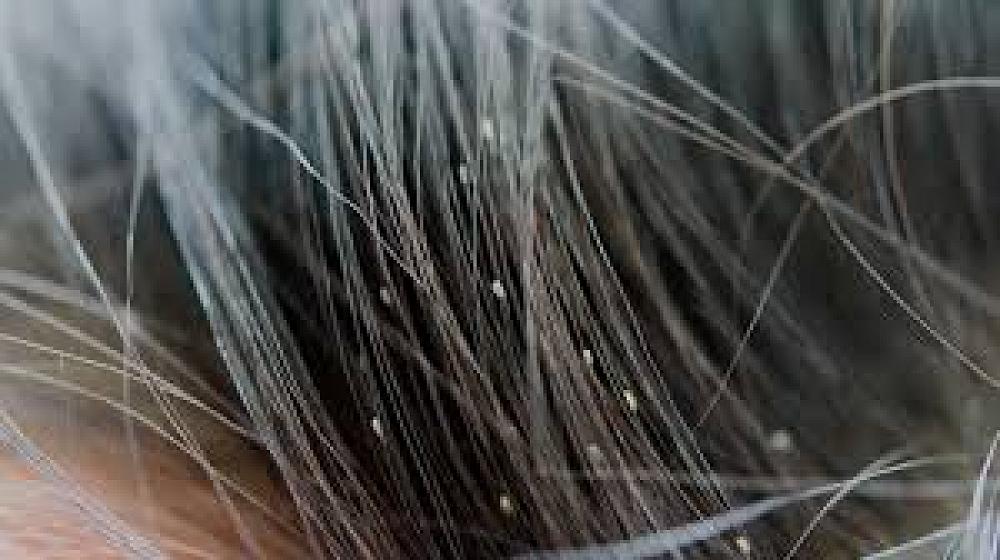
Head Lice
Unfortunately there has been a case of head lice at school. This is a common problem in New Zealand and is unrelated to hygiene. Head lice are small flat insects that live and lay eggs on human scalps. Head lice do not carry or pass on disease, however they do cause extreme itching on the scalp. They are spread by hair to hair contact, which easily occurs when children are playing together and touch heads.
You will need to check your child for head lice and treat accordingly. If you do find any signs of head lice please also check those you share a house with.
To check for lice and eggs:
Inspect the hair and scalp, paying particular attention to warm areas such as behind the ears and at the base of the neck. They look like grains of sand or dandruff and can vary in size, up to the size of a sesame seed.
Use the ‘wet comb’ technique:
Put conditioner into wet hair and, using a very fine toothed comb (there are specific head lice combs you can get from chemists), comb from the root of the hair to the end. Wipe the comb on a paper towel and inspect it for eggs or lice. You may require a magnifying glass. Repeat for every section of hair.
Chemical shampoo or other treatments:
These can be purchased from your local pharmacy, and your local pharmacist can advise which product is best for your family. Treatments will often need to be repeated 7-10 days after initial treatment to ensure all eggs are killed.
Another choice is to get a prescription from your medical centre, to treat the whole family.
Prevention:
Check and treat all family members on the same day
Weekly checks
Do not share hairbrushes, combs, hair accessories, hats or helmets
Tie back long hair
Keep clothing separated in changing rooms
Washing clothing or linen at a high temperature does not help prevention or spread.
Please feel free to contact the school nurse if you have any questions andrea.probert-southam@ajhs.school.nz

